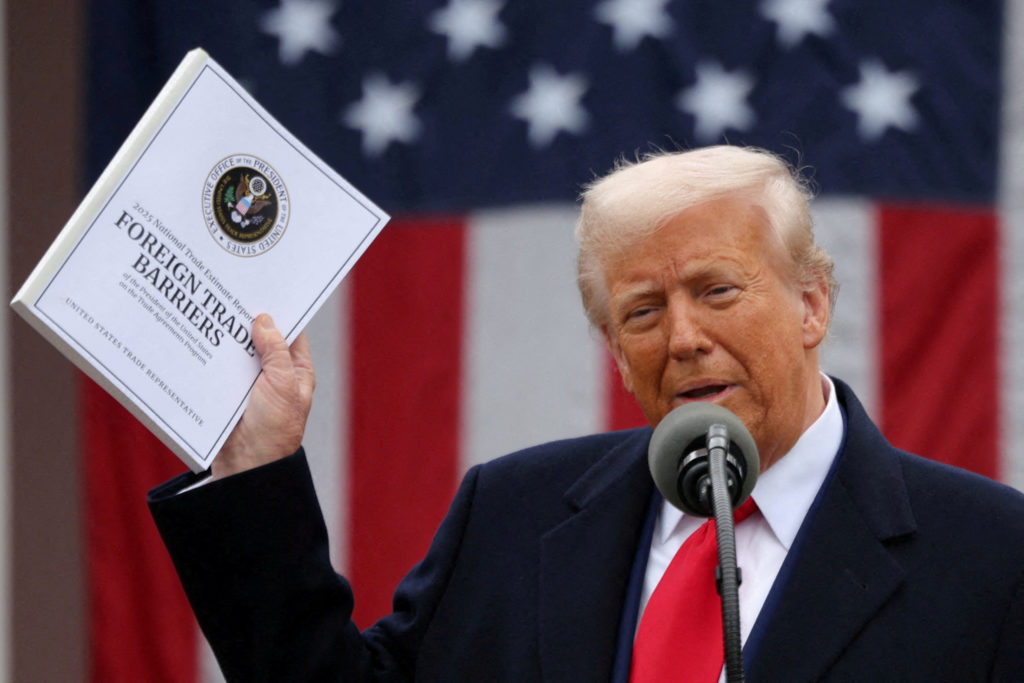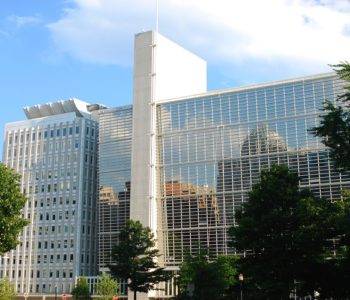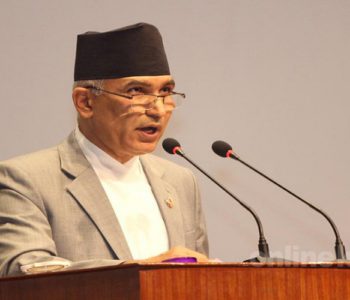New 10pc customs duty on Nepali exports to the US could impact trade

KATHMANDU: A new tariff policy imposed by the United States is set to impose a 10% customs duty on goods exported from Nepal, a move that is expected to affect various industries. Previously, 77 items were exempt from such duties, but this new policy could have a significant impact on trade, especially in key sectors such as carpets, pashmina, and handicrafts.
The Trade and Export Promotion Centre of Nepal reports that approximately 350 different items are regularly exported from Nepal to the United States, ranging from carpets and wool to Nepali handmade paper and metal products. Among the most notable exports are Nepali carpets, pet food, woolen items, silver jewelry, bamboo products, and pashmina. These goods contribute to over 17 billion rupees in annual exports to the U.S.
Impacts on the Carpet Industry
One of the most impacted sectors will likely be the Nepali carpet industry. Tenzing Sherpa, the President of the Nepal Carpet Producers and Exporters Association, expressed concerns that the new tariff would significantly affect the competitiveness of Nepali carpets, particularly in the U.S. market, which accounts for 60% of Nepal’s carpet exports. Sherpa pointed out that Nepali carpets already face a price disadvantage, being 25% more expensive than those from other countries. With the new tariff in place, the cost of Nepali carpets will increase, making them less attractive to American buyers. This is expected to result in a decline in exports, which currently total over 9.5 billion rupees annually.
“Tariffs will reduce our competitive capacity,” Sherpa said. “The market for Nepali carpets will shrink, and this will have a negative impact on our industry.”
Concerns from the Pashmina Sector
Similarly, the pashmina industry, which is also a significant exporter to the United States, has raised concerns. Dhanu Raj Lamichhane, President of the Pashmina Association, stated that the imposition of a 10% tariff could lead to problems for the industry. The U.S. is the second-largest market for Nepali pashmina, and Lamichhane fears that the additional tax will make Nepali pashmina products more expensive compared to those from other countries.
He emphasized the challenge of maintaining competitiveness in the global market, noting that previously, Nepal could export pashmina goods at a lower cost due to the absence of tariffs. However, with the new tariff, Nepal’s products will become more expensive, which could harm exports.
“We used to buy raw materials from foreign countries and process them in Nepal, but the imposition of this tariff will make our products less competitive,” Lamichhane said. “The export market for pashmina could suffer significantly.”
Opportunities for Other Sectors
While the imposition of the 10% tariff poses challenges for some industries, others see potential benefits. Chandi Prasad Aryal, former president of the Garment Industry Association, believes that Nepal could gain an advantage over other countries because the 10% tariff is relatively low compared to taxes imposed by other nations. Aryal explained that Nepal’s goods might still be cheaper than those from countries with higher tariffs, making this an opportunity for Nepal’s garment sector.
“If raw materials are available domestically, the 10% tariff should not be a major concern,” Aryal said. “This could actually be an opportunity for industries like garments to remain competitive.”
Challenges and Uncertainties
Despite these optimistic views, many sectors remain concerned about the overall impact of the new tariffs. Rajman Bajracharya, Senior Vice President of the Nepal Handicraft Entrepreneurs Federation, warned that if handicraft goods are included in the new tariff regime, the impact could be severe. Exports of handicrafts to the U.S. have already been declining in recent months, and the additional tax could further harm the sector.
“Exports to the U.S. have been decreasing, and if the new tax applies to handicrafts, trade will be severely impacted,” Bajracharya said.
As Nepal faces the uncertain consequences of this new policy, industries are preparing to adapt to the changing trade environment. However, the full extent of the impact on Nepal’s exports to the U.S. will only become clear in the coming months.











Facebook Comment